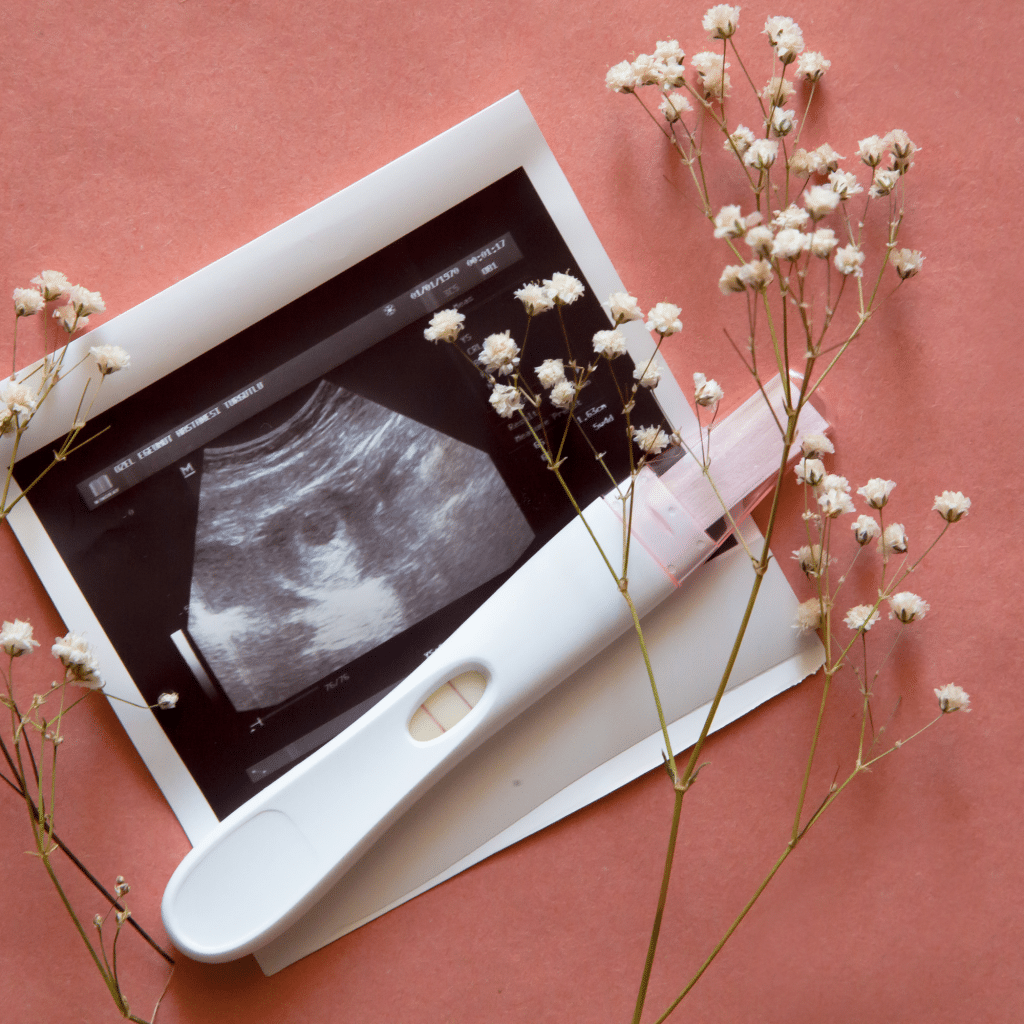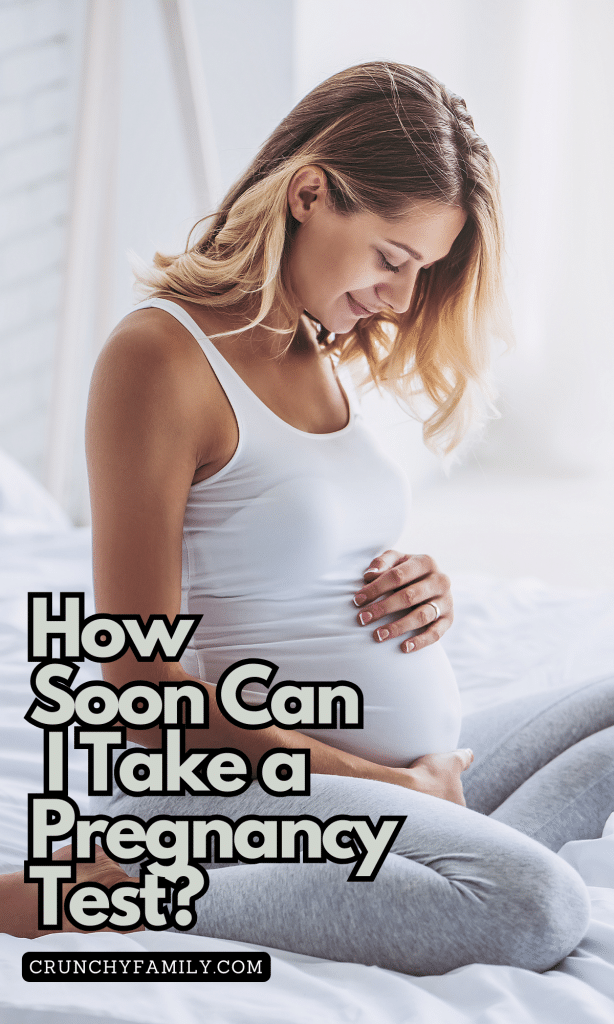Seven years ago, I was trying to conceive. About 10 days after the IUI which stands for Intrauterine Insemination, I took a pregnancy test. I still remember the mix of anxiety and hope as I waited for the result.
There it was—a faint positive on a simple strip test. I continued testing daily with my morning urine, which is rich in HCG (human chorionic gonadotropin), the hormone detected by pregnancy tests. Each day, the test line grew stronger, confirming the pregnancy.

Understanding the nuances of various pregnancy tests can be crucial. The main types of pregnancy tests include at-home urine tests, digital tests, and blood pregnancy tests. At-home tests are convenient and can be used to check the presence of human chorionic gonadotropin (hCG), the hormone produced after a fertilized egg attaches to the uterine wall. These tests can detect hCG through a few drops of urine on a test strip, often showing results in just minutes.
Timing is everything when it comes to pregnancy tests. The best time of day for an at-home urine test is typically first thing in the morning, when urine concentration levels of hCG are highest. However, if you’re testing early—before the first day of a missed period—it’s important to ensure that there is enough hCG to be detectable. This is why some women experience a false negative result if they test too early, when hCG levels are not yet high enough to be detected.

To achieve the most accurate results from a urine pregnancy test, consider the timing and method of the test. The level of hCG in your urine sample can fluctuate based on the time of the day and how concentrated your urine is.
Ensure you follow the instructions carefully, especially how to direct your urine stream onto the test strip or midstream tests, which require you to hold the test in your urine stream. Errors in these steps can lead to an inaccurate result.
You might wonder about testing even before your period is due. In my journey, I learned a lot about the presence of HCG, the importance of tracking your menstrual cycle, and using tools like ovulation strips and basal thermometers for precise ovulation prediction.

If you’re charting your cycle, waiting until the first day of a missed period or using an early test designed to detect low levels of hCG can provide more accurate results. It’s always a good idea to follow up with a healthcare provider, especially if you receive a negative test but still exhibit early pregnancy symptoms such as nausea, fatigue, or missed periods, which could indicate an ectopic pregnancy or other health issues.
During my attempts to conceive, I also experienced a chemical pregnancy, which is an early pregnancy loss occurring shortly after implantation. Even then, I caught a faint positive 10 days post ovulation. A false positive pregnancy test, often due to fertility drugs or certain medical conditions, can be an emotional rollercoaster, just as a false-negative result.

Digital tests, which also utilize urine, offer a clear readout that can help eliminate the guesswork involved in interpreting faint lines on traditional test strips. For those with irregular cycles or who simply want confirmation, a blood pregnancy test conducted by a healthcare provider can measure the exact amount of hCG in a blood sample, providing a more accurate understanding of the early weeks of pregnancy.
The level of hCG in your system should theoretically double approximately every 48 to 72 hours in early pregnancy, reflecting critical pregnancy hormone levels that are essential for a healthy pregnancy.
If you’re testing early, it’s crucial to allow enough time between tests to give your body time to increase the hormone levels to detectable levels. This timing can be crucial, particularly if you are approaching the expected date of your next period and want to understand your status definitively.

It’s also valuable to be aware of the signs of early pregnancy and understand that a false-positive result can occur, sometimes influenced by factors like fertility medication or certain medical conditions. If your at-home test results seem inconsistent or if you have concerns about early pregnancy symptoms, a pregnancy blood test can offer definitive insight.
For those currently trying to conceive (TTC*), I’ve found that buying cheap, bulk pregnancy tests can be both economical and fun. It’s a great way to stay hopeful and proactive during what can be an emotionally taxing time. Also, always check the expiration date on your tests to ensure the most accurate reading.
*For more related acronyms please check our Crunchy Acronyms.
When using at-home pregnancy tests, understanding the specifics can greatly affect your expectations and outcomes. One of the challenges is managing the potential for false positives, which can occur for various reasons including the presence of fertility drugs in your system or certain rare medical conditions that can elevate hCG levels.

To minimize the chance of a false positive result, ensure the type of pregnancy test you choose is suitable for your particular circumstances. For instance, some tests are specifically designed to be ultra-sensitive and can detect very low levels of hCG earlier than others.
If you’re dealing with irregular periods or are using fertility medication, discuss with your healthcare provider when and how to use pregnancy tests for best results. Early symptoms of pregnancy can vary widely, and healthcare professionals are your best resource for guidance based on your specific health profile.
Navigating the landscape of pregnancy tests and early signs can be complex, but with the right information and support, you can approach this exciting time with confidence and clarity.
Remember that if you get a positive pregnancy test result, it’s crucial to start taking prenatal vitamins containing folic acid, as recommended by the World Health Organization, to support the health of the baby and the pregnancy. If you’ve been using birth control or have any medical conditions, consulting with your healthcare provider can provide guidance on next steps and prenatal care.

Free pregnancy tests are available at many health clinics, providing an accessible option for many pregnant people to confirm their status early and start receiving appropriate care. These tests, whether midstream tests or other types, are essential tools in managing health during a potentially new and life-changing period.
It’s always a wise decision to follow up with a health care provider after taking an at-home pregnancy test, especially if the results are confusing or unexpected. A healthcare provider can conduct a more sensitive urine or blood test to confirm the pregnancy and offer guidance based on the pregnancy test results.
They can help interpret signs of pregnancy that may or may not correlate with the expected menstrual cycle, particularly if your periods are irregular or if you have a typical 28-day cycle.
Navigating the use of at-home pregnancy tests involves understanding the type of pregnancy test, recognizing the optimal times for testing, and knowing when to consult with a healthcare professional for further confirmation and guidance. By taking these steps, you can manage your expectations and move forward in your fertility journey with greater confidence and clarity.

Remember, the journey to parenthood is different for everyone. From urine tests in the doctor’s office to at-home urine tests you buy at grocery stores, each step can be a leap towards your desired outcome. Keep tracking, testing, and talking to your healthcare provider about your next steps.
Testing early, like I did 10 days post ovulation, worked for me, but it’s essential to understand your body and consult with your healthcare provider to tailor the approach to your needs.
Surround yourself with support and keep informed about the latest in prenatal care and fertility treatments. Here’s to hoping your test gives you the joyful news you’re waiting for, at just the right time and you can pick your baby name from our 75 Crunchy Baby Names for Your Little Sprout post.
Stay hopeful, stay supported, and most importantly, take care of yourself on this journey.
2 thoughts on “How Soon Can I Take a Pregnancy Test? ”